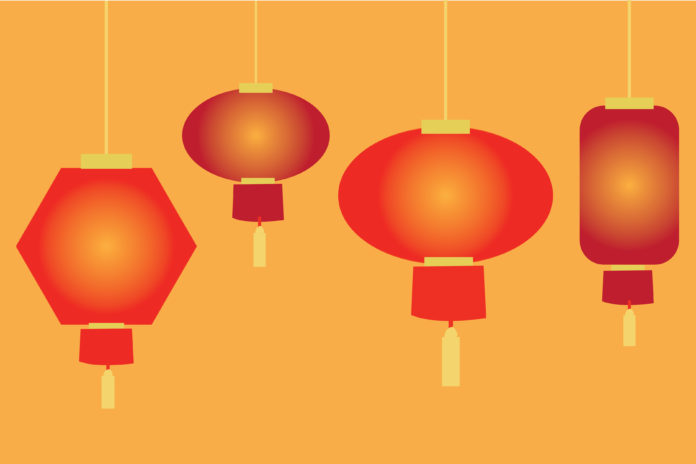How the holiday is traditionally celebrated in different countries
By VIVI KIM — arts@theaggie.org
Although in western culture, we are accustomed to celebrating the new year on Jan. 1, several countries celebrate the Lunar New Year instead, according to the lunisolar calendar. It is not just a day that marks the start of another year, but a holiday filled with unique customs and rich history.
Lunar New Year is a holiday marking the first day of the lunar calendar. The standard Gregorian calendar, also known as the Western calendar, is a solar calendar. This means that the dates are based on the Earth’s position relative to its proximity to the Sun and point to the seasonal year of 365 days. Many western cultures operate on this calendar and celebrate New Year’s on the first of January.
The Lunar Calendar is based on the monthly moon cycles. Lunar New Year begins on the first new moon and ends on the first full moon of the year, thereby lasting 15 days and completing half of a full moon cycle. The official date of the holiday varies, but it typically falls somewhere between Jan. 21 and Feb. 20. In 2023, Lunar New Year happens to fall on Jan. 22.
This holiday is also commonly referred to as Chinese New Year due to its origins in ancient China, with the earliest Chinese lunar calendar dating back to the 14th century B.C. Chinese people are the largest population that celebrates Lunar New Year and it is considered the most important holiday in China.
Though the names are often used interchangeably, it is important to note that the two are not the same. Lunar New Year is celebrated by several other East Asian and Southeast Asian countries including Taiwan, South Korea and Vietnam, all of which hold their own traditions and festivities. Chinese New Year, also commonly referred to as the Spring Festival, is the Chinese celebration of the Lunar New Year.
There are several Chinese myths and legends tied to the origin of the Lunar New Year festival, one of the most famous being the legend of Nian. Derived from the name “Nianshou” meaning “the yearly beast,” Nian was a mythical beast that would cause destruction every new year by eating humans and their livestock. Its fear of loud noises and the color red is what inspired the tradition of using red paper decorations, lanterns and firecrackers.
There are several traditions marking both the beginning and end of the Chinese celebration. Many families like to clean their houses before the start of the new year to remove “huiqi” or bad luck. The reunion dinner (Tuan Nian) is the family celebration dinner that takes place on New Year’s Eve. It is filled with many symbolic dishes including a fish that symbolizes abundance and long noodles that symbolize a long life. Taking place on the final day, the Lantern Festival is celebrated by decorating houses with lanterns and eating traditional foods. Some of the most popular foods include tangyuan, a dessert made of glutinous rice flour, and fagao, a steamed sponge-like pastry that is also known as the “prosperity cake.”
Traditionally, the Vietnamese Lunar New Year, or Tet, can last between three days to a week. During the one or two weeks leading up to New Year’s Eve, the streets are bustling with shoppers and adorned with red and yellow, the colors of good fortune. Many families also decorate their houses with peach blossoms and kumquat trees to bring prosperity and wealth into the new year.
Similarly, Korean New Year, or Seolnal, lasts three days. The celebration starts a day before New Year’s Day and ends the day after. The most common tradition of Seolnal is playing a game called Yut Nori, which consists of four marked sticks and dice. People also eat rice cake soup, as it is believed that a person grows one year older only after eating the soup.
Though there are many similarities between Asian celebrations of the Lunar New Year, such as having family dinners, receiving money and offering respects to ancestors, there are also many cultural traditions that are uniquely celebrated by each.
Written by: Vivi Kim — arts@theaggie.org




